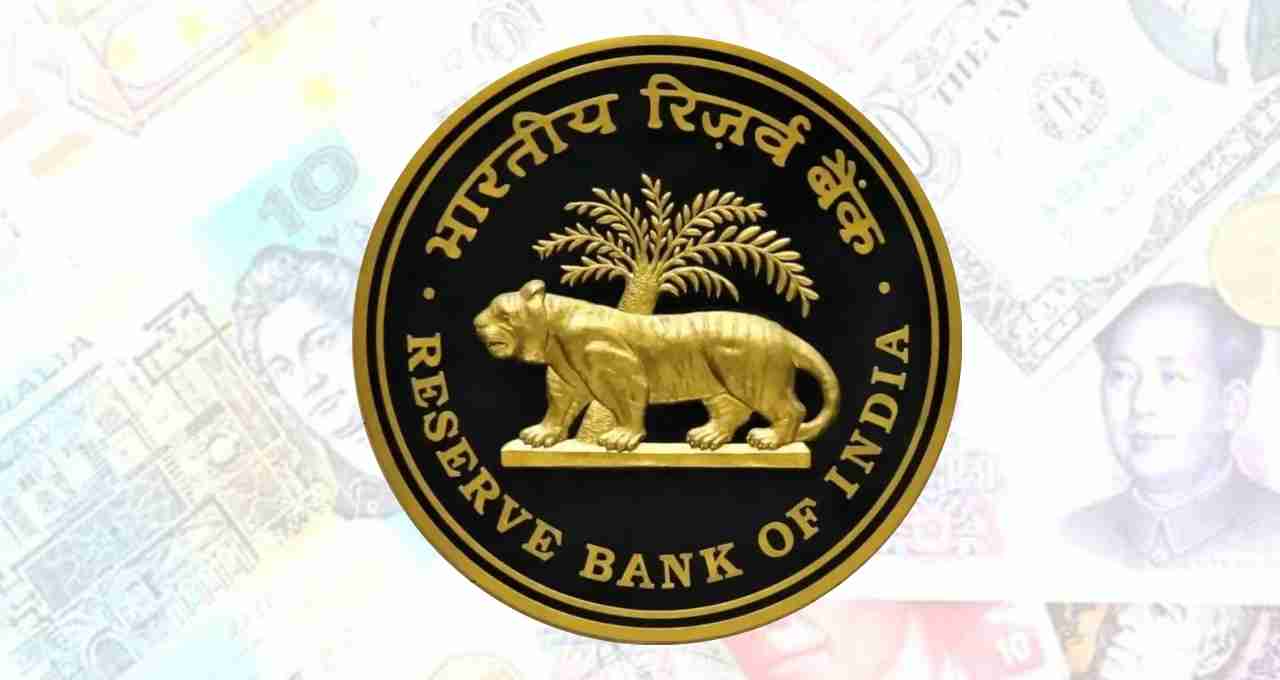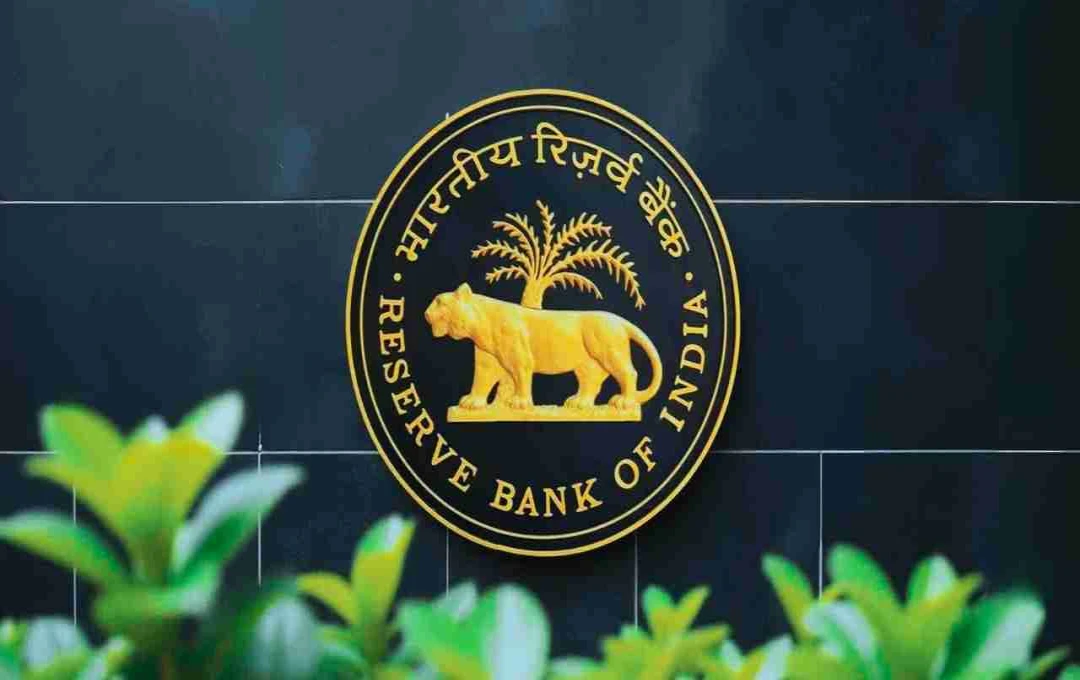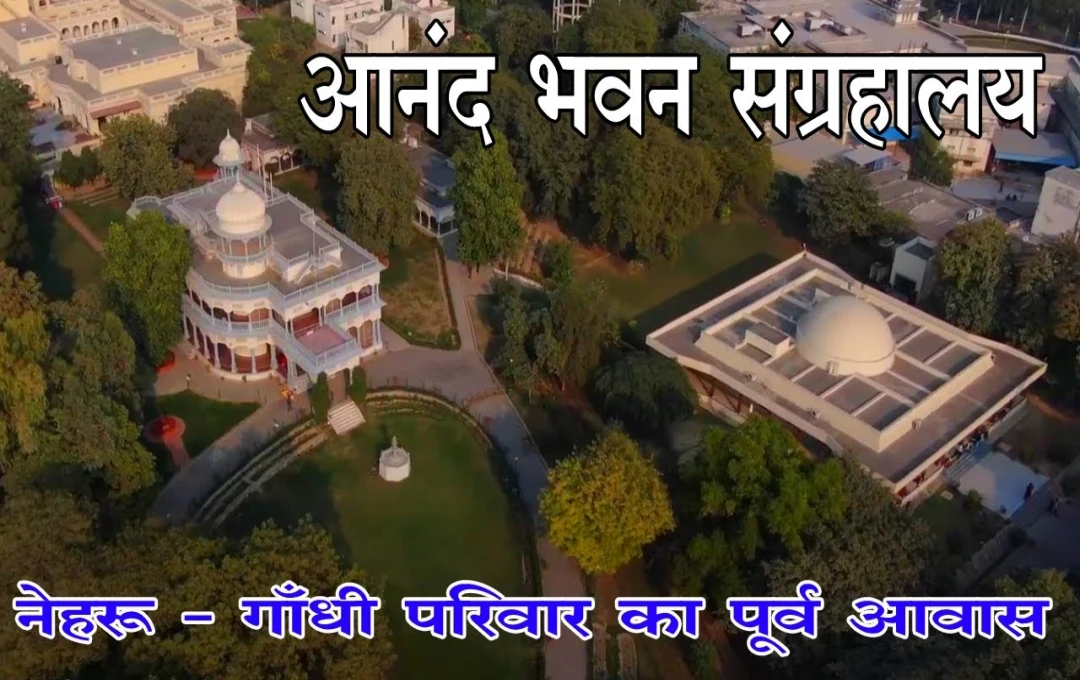In the auction held on Friday, banks indicated a demand of ₹1.42 lakh crore, whereas the Reserve Bank had notified an amount of only ₹1.25 lakh crore. This additional bidding suggests that banks currently have a b liquidity position and are willing to deposit it safely with the RBI.
The cut-off rate of the auction was 5.49 percent, indicating that the level of interest received by the banks remains around the policy rates. A senior dealer at a government bank stated that the main reason for the demand in this auction is the ₹2 lakh crore withdrawn by the RBI last week.
Increased Liquidity from Previous Withdrawal, Impact Seen in Auction
The withdrawal of ₹2 lakh crore last week created a surplus liquidity situation for banks this week. The Reserve Bank had withdrawn this amount under the VRRR operation. To redirect this surplus liquidity appropriately, banks participated extensively in this auction.
According to market experts, this is a normal process in which banks deposit additional liquidity with the RBI to earn interest, so that they can get a fixed return without risk.
Easing Trend Seen in Money Market Rates

After the auction, the overnight call money rate in the money market fell to 5.39 percent, while it was 5.54 percent in the previous trading day. This decline indicates that liquidity in the system is still ample and there is no pressure regarding short-term funding needs.
It was also observed that the overnight rate had reached above the policy repo rate on several occasions, due to which the RBI also conducted variable rate repo auctions twice during the week.
VRR Auction Tightened the System
After the two-day VRR auction on Wednesday, a decline in rates was recorded in the overnight money market. Prior to this, the rate had reached 5.75 percent, which is equal to the RBI's Marginal Standing Facility (MSF) rate. This indicates that competition among banks for short-term funds had intensified.
The VRR auction allowed the Reserve Bank to control the flow of liquidity, thereby creating balance in the market. Similarly, Friday's VRRR auction was also part of the same policy, in which the central bank tries to bring balance to the system by depositing the banks' surplus cash for a certain period of time.
Current Situation in the LAF Corridor
There are three main rates in the Reserve Bank's Liquidity Adjustment Facility (LAF) arrangement - the repo rate, the Standing Deposit Facility (SDF) and the Marginal Standing Facility (MSF). Currently, the policy repo rate is 6.5 percent. The SDF rate is 6.25 percent, 25 basis points below this, while the MSF rate is 6.75 percent.
The MSF rate is considered the ceiling of the LAF corridor, where banks borrow from the RBI as a last resort. This week, when money market rates reached the MSF rate, the RBI had to resort to both VRRR and VRR auctions.
Changes in Banks' Strategy

Another reason for the higher bidding by banks this time is also believed to be that they want to keep their funds safe in the short term. Banks have more confidence in operations like VRRR than in long-term investments because it involves direct transactions with the RBI and the risk is negligible.
This makes it clear that banks are currently adopting a cautious approach and are using their funds safely. This also reflects that they are feeling some uncertainty regarding interest rates in the long term.
Market's Eye Now on Future Policies
From the signals received through the recent VRRR and VRR operations, it can be understood that the Reserve Bank is currently trying to control the additional liquidity in the system. Although no major changes have been made in the policy rates, the central bank is maintaining its vigilant monitoring through these short-term tools.
Now the market's eye will be on the Monetary Policy Review coming next month, where more clarity can be found regarding the way forward.














